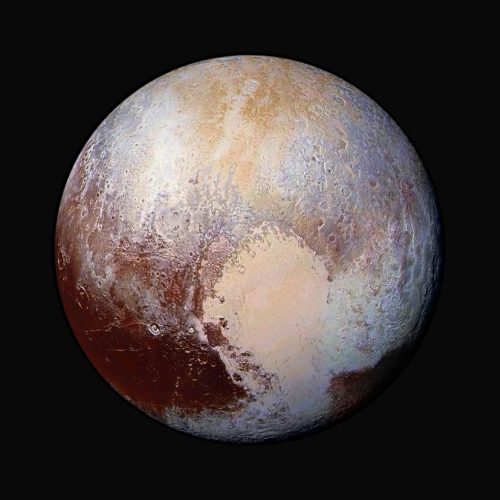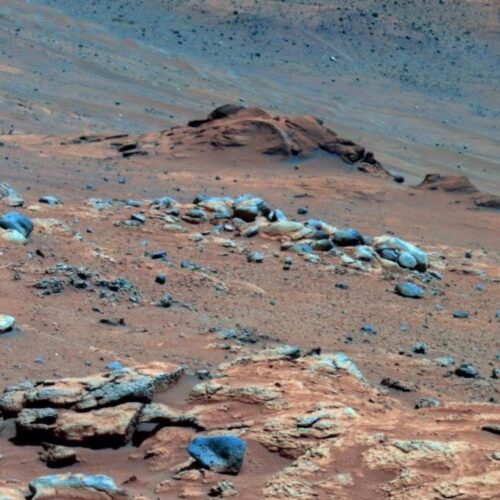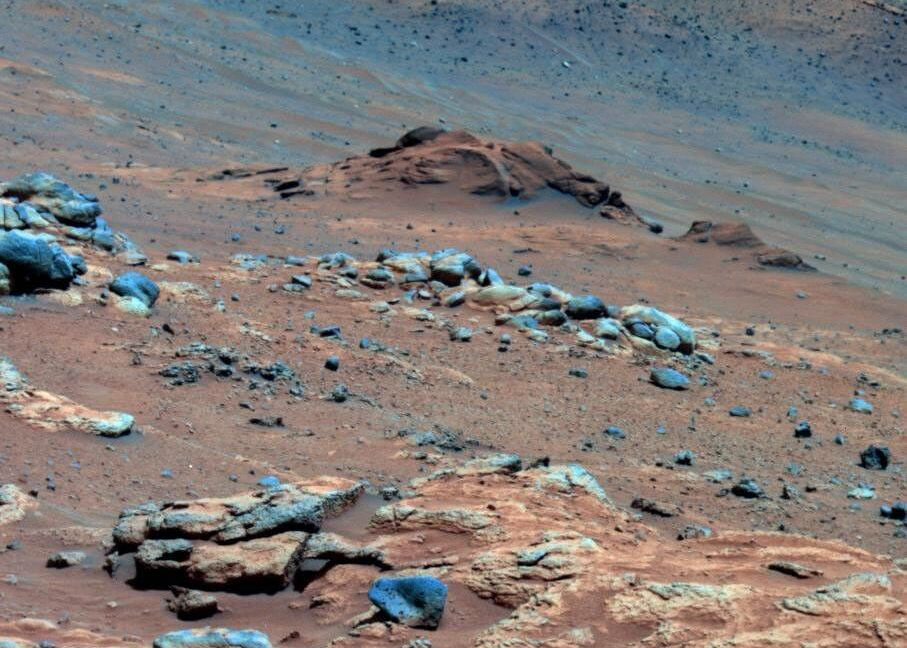We saw the heart of Pluto 10 years ago—it’ll be a long wait to see the rest
NASA's New Horizons spacecraft got a fleeting glimpse of Pluto 10 years ago, revealing a distant world with a picturesque landscape that, paradoxically, appears to be refreshing itself in the cold depths of our Solar System.
The mission answered numerous questions about Pluto that have lingered since its discovery by astronomer Clyde Tombaugh in 1930. As is often the case with planetary exploration, the results from New Horizons' flyby of Pluto on July 14, 2015, posed countless more questions. First and foremost, how did such a dynamic world come to be so far from the Sun?
For at least the next few decades, the only resources available for scientists to try to answer these questions will be either the New Horizons mission's archive of more than 50 gigabits of data recorded during the flyby, or observations from billions of miles away with powerful telescopes on the ground or space-based observatories like Hubble and James Webb.


© NASA/Johns Hopkins University/SWRI

